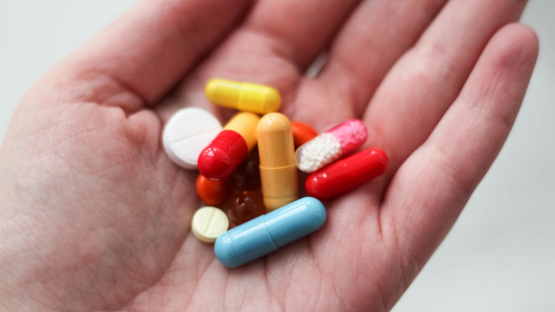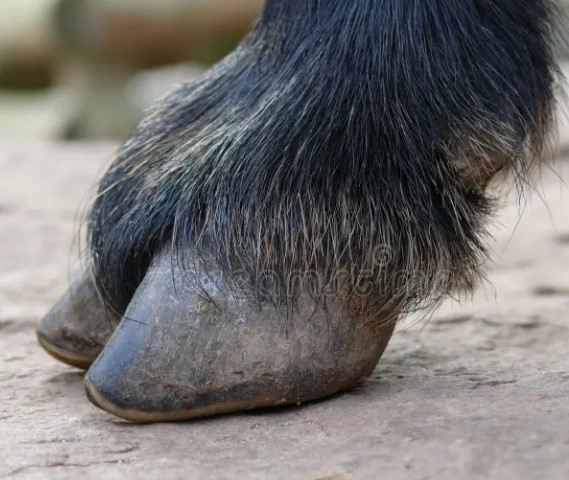How to successfully raise a turkey: lessons from the 2023 price crisis
In the second half of the previous year, prices for MEAT and poultry products increased sharply, but the selling price of turkey meat showed a minimal increase.
According to Rosselkhozbank analysts, in October 2023, the average price of broiler chicken was 51% higher, and the cost of pork ham increased by 51% compared to October 2022. Average prices for turkey products increased by only 13.9%, which is three times less than the increase in prices for other types of meat. At the same time, turkey-breeding enterprises were operating at full capacity, and product inventories in warehouses were zero. Smaller increases in turkey prices helped curb increases in the cost of other meats.
However, this positive consumer phenomenon had a negative impact on Russian turkey farmers. Despite a good grain harvest this year, turkey meat production costs have not decreased due to supposedly cheaper feed. Instead, the industry faced a series of price challenges that increased production costs by 13-15% compared to last year.
An unexpected problem arose in all sectors of the economy - a crisis in the labor market. Because of this, managers of turkey breeding enterprises were forced to increase wages. In November 2023, it was up 28% year-on-year.
Also, the increase in the exchange rate between the euro and the US DOLLAR led to an increase in the cost of equipment, spare parts and consumables for turkey production - an increase of 27%. Intersecting this is the complication of logistics, the requirement for advance payment and illegal imports , which has led to an increase in prices for these goods by 40-60%. Vaccine prices increased by an average of 17%, and for some items by 70-100%. In addition, the cost of purchasing hatching eggs also increased by 27%.
Prices for feed premixes increased by 15-22%, an average of 18%, and for soybean meal, the main protein component, by 20%. The situation in the processing sector is also no better: prices for spices, functional additives, crackers and aromatics increased by 9-71%, an average of 17%. It is also worth noting the increase in tariffs for electricity (13%) and gas (12%).
An additional serious factor in the increase in product prices was the record increase in the cost of transport services - 34%. This applies to the delivery of raw materials, feed and consumables, as well as the delivery of finished products to distribution centers, retail outlets, wholesale warehouses and meat processors.
In addition, the Central Bank's increase in the key rate to 16% has made commercial loans almost financially unaffordable for turkey producers. Another problem for the industry was a decrease in the safety of the turkey population by 1–1.5% due to the difficult epidemiological situation throughout the year, as well as the cessation of supplies of important foreign veterinary drugs and the transition to new vaccination programs based on domestic analogues. Unfortunately, the Russian biomedical industry was not ready to quickly meet the needs of poultry farmers for these products, and it will take several years to increase the production of highly effective veterinary drugs and develop new ones.
However, domestic turkey producers remain optimistic: the popularity of turkey meat is growing among all consumer groups, successfully replacing more expensive beef and pork. New turkey breeding projects with a total capacity of about 32 thousand tons of finished products per year are being developed in the Altai Territory and Crimea. After recovering from the outbreak of bird flu, one of the largest enterprises in southern RUSSIA, Agro-Plus in the Stavropol region, will increase production to 15 thousand tons per year. The Ak-Bars diversified holding in Tatarstan is restoring a bankrupt turkey farm with a capacity of up to 8 thousand tons. Several regional companies plan to increase turkey production by an average of 5-7% in 2024 , and the industry leader, Damate Group of Companies, plans to build two new fattening sites with a capacity of about 26 thousand tons per year in the Penza region and another in the Rostov region region with a volume of 20 thousand tons per year.
However, preliminary estimates of the cost of turkey meat production next year may cast doubt on the feasibility of these plans. Among the price increases already announced by industry suppliers for various cost components in 2024, one can note an increase in prices for vaccines (+30%), feed additives methionine (+36%) and threonine (+24%), electricity tariffs (+5% and +9.1% from July 1, 2024), gas (+5% and +9.1% from July 1, 2024), rail transportation (+10.1% from January 1, 2024), transport services of third parties, forwarding and warehouse operators (+10% from March 1, 2024), packaging and spices (+27%, with corrugated packaging +38%, bags +16%, films +15%, trays +19%, pallets +29%, labels +20%), materials, spare parts and maintenance (+10%) and indexation of fuels and lubricants (+8% from January 1, 2024). In addition, labor costs are expected to increase by 25%, including an increase in staff due to the expansion of production and the necessary indexation of wages.
Therefore, the sustainability and further growth of Russian turkey farming in 2024 and the next decade are entirely dependent on government support, which can be provided in the form of preferential investment and operating loans. The government is already considering the possibility of such support for broiler enterprises, but it should extend not only to the commercial production of turkey meat, but also to 1st and 2nd order turkey breeders in order to replace the import of hatching eggs with domestic ones.
The Russian turkey industry needs a new National Project, similar to the one that has allowed to significantly increase the production of domestic turkey meat over the past ten years - from 48 thousand tons in 2010 to 330 thousand tons in 2020. This project should include comprehensive measures, such as expanding the material base for the production of all necessary components, including veterinary drugs, feed additives, equipment andconsumables , as well as compensatory measures to reduce the negative impact of rising tariffs on goods and services. If such a national project is implemented, the industry’s plans to achieve production volumes of up to 650 thousand tons per year by 2030 can be successfully implemented.
Based on materials from the National Turkey Producers Association.
Read together with it:
- Belstat reported how much grain, milk, meat, and vegetables are produced in Belarus per capita.November 14, MINSK . Belarus produces 913 kg of grain, 958 kg of MILK, 341 kg of potatoes, and 304 kg of vegetables per capita, according to a review by the National Statistical Committee for the Day of Agricultural and Processing Industry Workers, BELTA reports. The country also produces 78 kg of fruits and berries, 147 kg of livestock and poultry (slaughter weight), and 4......
- The IEA sees a risk of a decline in oil production in Russia due to sanctions.The IEA sees a risk of reduced oil production in RUSSIA due to US sanctions , but maintains its production forecast. According to the IEA, Russian oil exports will remain unchanged.There is a "significant downside risk" to Russia's oil production forecast due to US sanctions, the International Energy Agency (IEA) said in a report.BLOOMBERG . The agency's experts believe that the latest US sanction...
- UniCredit заявил о галактических усилиях из-за санкций против РоссииUniCredit старается не нарушить «более 15 тыс. санкций», а также не «совершать ошибки», которые позволят изъять его активы в России, заявил гендиректор. После начала военной операции банк начал рассматривать возможность ухода Итальянский банк UniCredit прилагает «галактические усилия», пытаясь соблюсти международные санкции в отношении своего российского подразделения. Об этом заявил генеральный д...
- Низкое предложение и устойчивый спрос: в Аргентине растут цены на мясоЦены на говядину снова выросли, что отразилось на полках супермаркетов и в мясных магазинах. За последние две недели розничные цены выросли на 8–12%, а на некоторые популярные отрубы рост превысил 15% по сравнению с октябрем. Тем не менее, продажи остаются высокими: потребители продолжают покупать, принимая новые цены и закрепляя тенденцию, которая повторяется каждый год в конце года, когда спрос ...




























































